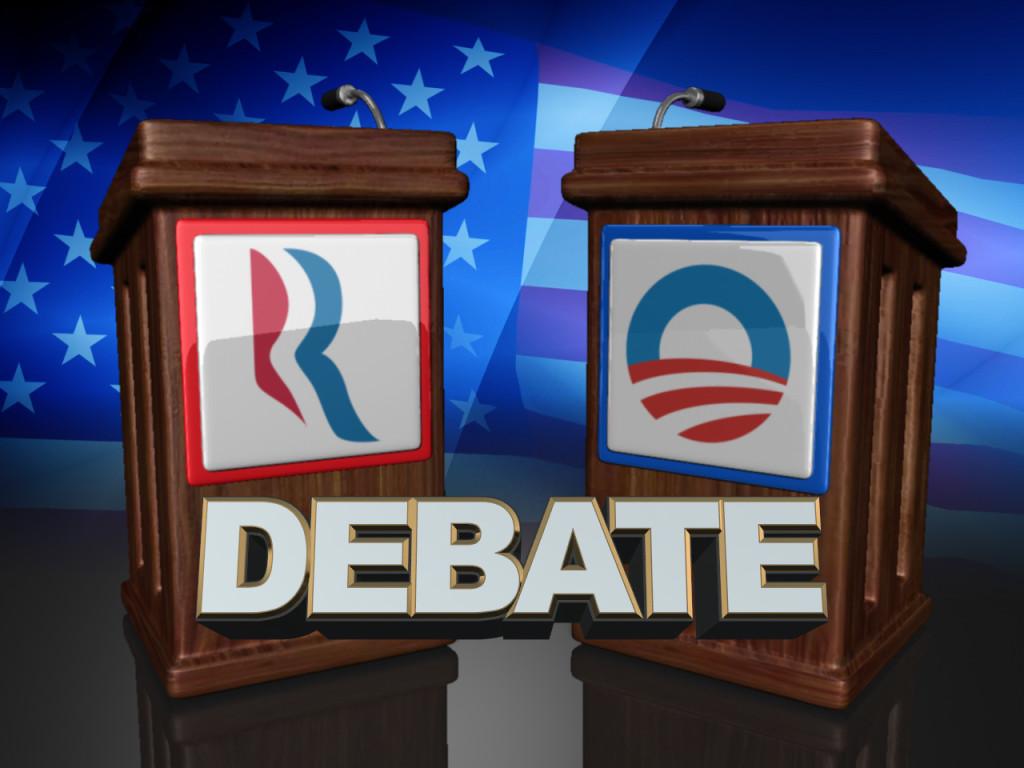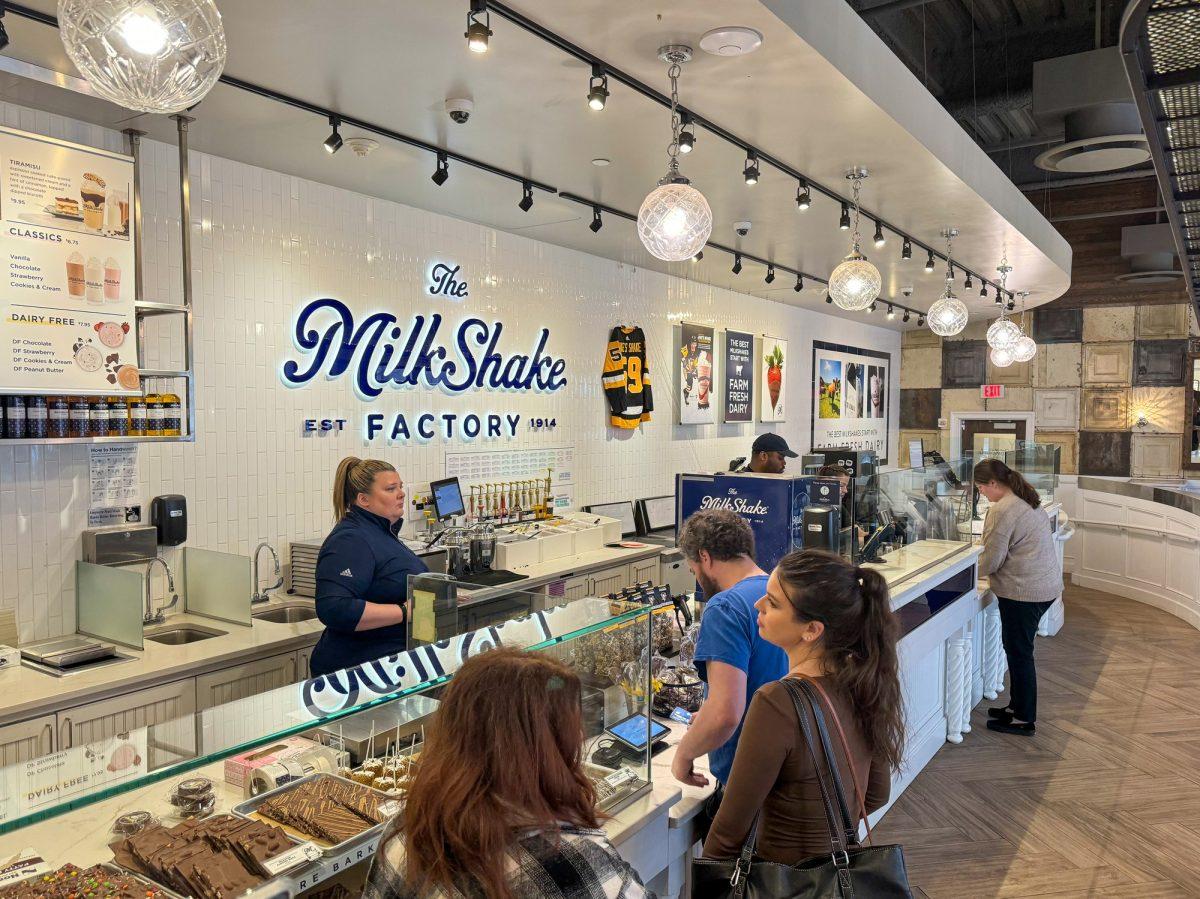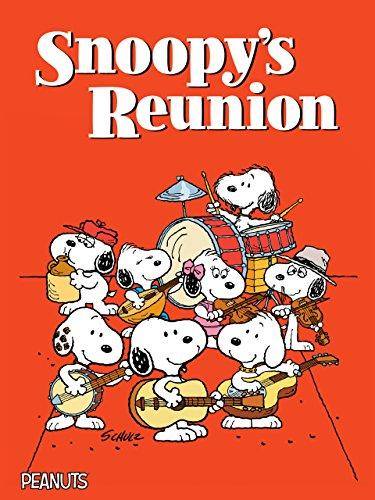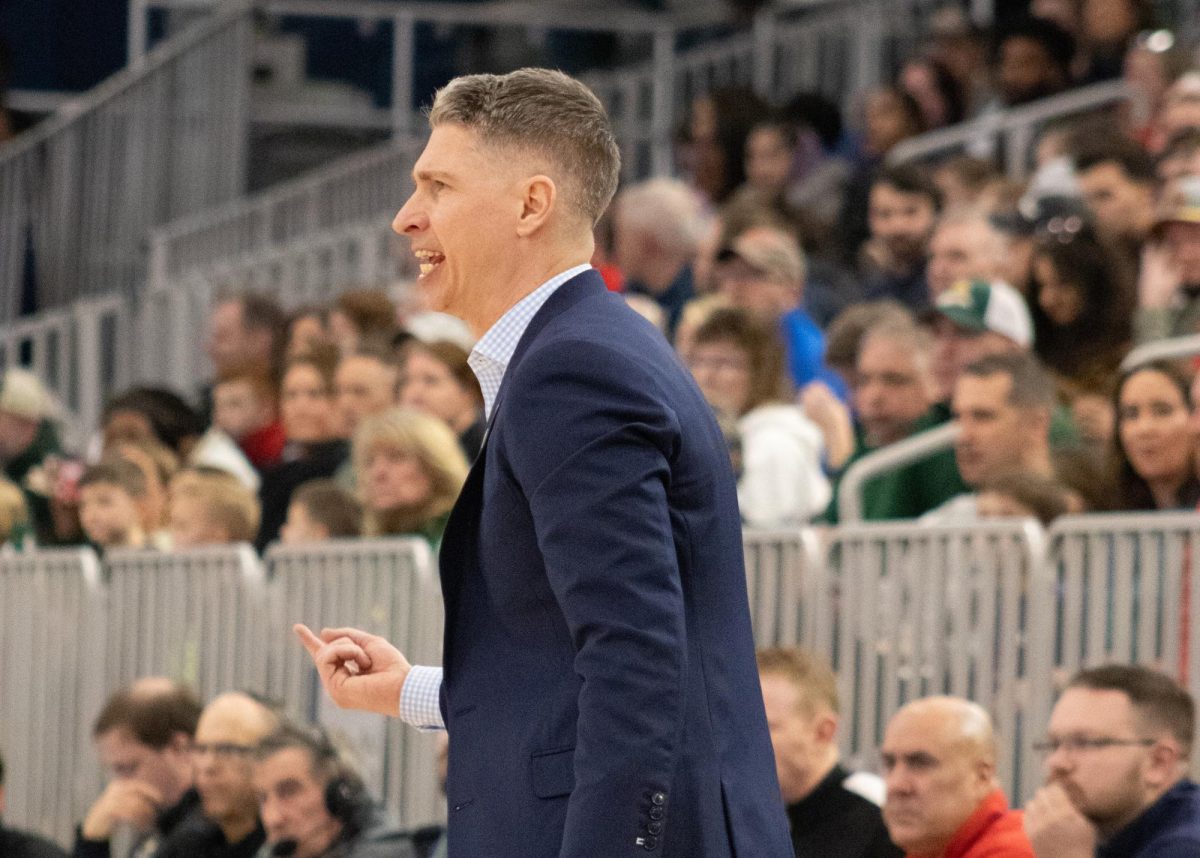According to The Rasmussen Reports Daily Presidential Tracking Poll, Mitt Romney and President Obama are both gaining support from 48 percent of voters nationwide.
According to www.rasmussereports.com, “One percent (1%) prefers some other candidate, and three percent (3%) are undecided.”
“Romney’s support is a bit more solid than the president’s, at this point, in time. Forty-five percent (45%) of voters are ‘certain’ they will vote for Romney and not change their minds. Forty-one percent (41%) are certain they will vote for Obama,” stated the website.
The next debate is only days away and while the “U.S. vice presidential debates usually don’t matter much…the October 11 showdown between Democratic incumbent Joe Biden and Republican challenger Paul Ryan could be an exception,” stated Reuters, Washington.
It matters because before the Oct. 3 presidential debate, Obama was leading in the polls.
So what exactly happened during the debate that has since created an upward trend for Romney?
“Challenger Mitt Romney dictated the tone and the tempo of the evening, at times acting as candidate and moderator. The president fell behind in the opening minutes and never really found his footing. He lacked energy stylistically and he lacked crispness substantively. He sounded like he does in his news conferences: at times discursive and often giving answers that were longer than necessary,” said The Washington Post.
Debate Breakdown
Moderator Jim Lehrer created questions that covered the following six topics for 15 minutes each, a total of 90 minutes.
1. The Economy and Jobs
2. The Economy and the Budget Deficit
3. The Economy and Regulation
4. Health Care
5. The Role of Government
6. Governing
“However, the debaters went over the time limits and covered topics out of order. As a result, it was difficult to determine if the questions were answered,” said Kimberly Amadeo, US Economy Guide.
Here is how the candidates answered:
1. How Would You Create Jobs?
Obama: Has created five million jobs. Invest in education and training.
Romney: His plan has five parts: Energy independence, more trade, training, a balanced budget and championing small businesses.
2. How Would You Tackle the Deficit Problem?
Romney: Eliminate Obamacare. Cut subsidy to PBS. Send some programs to the state. Combine agencies and departments, and reduce the number of Federal employees through attrition.
Obama: For every $2.50 in spending cuts, would require $1 in additional taxes to the wealthy ($250,000+ household income).
Romney: I have a different plan.
Obama: We’ve made adjustments and submitted the revised plan to Congress as part of our proposal to save $4 trillion in the budget deficit.
2. How Would You Handle Taxes?
Romney: Don’t raise taxes on the rich during a slow-growing economy. It hurts small businesses. National Federation of Independent Businesses said it would destroy 700,000 jobs. Lower corporate rate by eliminating some loopholes and deductions. There is no tax break for shipping jobs overseas. Tax breaks to oil companies is only $2.8 billion a year, and it’s just an accounting adjustment, not a real tax break. It mostly goes to drillers and other small businesses.
Obama: Cut $4 billion a year in subsidies to oil companies. Lower corporate tax rate by eliminating tax breaks for shipping jobs overseas. Obama and Romney then debated whether Romney’s tax cut plan would reduce government revenue by $5 trillion and whether Romney’s spending plan would add $2 trillion to federal defense spending.
2. Is There a Major Difference on Social Security?
Obama: Both Romney and I are similar on Social Security, which is basically sound with minor adjustments. However, on Medicare we are different. Obamacare will save $716 billion by reducing payments to care providers, it helps close the “donut hole,” saving seniors $600 a person on average. It pays for preventative care visits. Romney’s voucher program will cost the average senior $6,000 a person.
Romney: Supports voucher program for future retirees to give them choice between private insurance and Medicare. Reduce benefits for higher income people.
3. How Is the Level of Federal Regulation Now?
Romney: Would repeal and replace parts of the Dodd-Frank Wall Street Reform Act. Designating five large banks as Too Big to Fail hurts small banks. Dodd-Frank needs to spell out what qualified mortgages are, that’s why banks aren’t lending.
Obama: Dodd-Frank imposed higher capital requirements on banks. “Too Big to Fail” means that banks must have a “living will” that describes how they will wind down when they get in trouble, instead of expecting the Federal government to bail them out. The bailouts that were given have been repaid with interest.
4. Should Obamacare Be Repealed?
Romney: Yes. Obamacare added $716 billion in healthcare costs to Medicare. It was pushed through without bipartisan support. Three-quarters of small businesses said they would hold back on hiring because of the costs. Thirty percent of people will lose their existing insurance because companies will find it more cost effective to let them buy it on the exchange. Let the states manage a health care plan. Don’t let an unelected board decide health care coverage. I would create a plan that allows young people to stay on their parents’ plans. It would also allow people to get insurance for pre-existing conditions. It would provide incentives for health care companies to lower costs.
Obama: I would keep Obamacare because it provides the following benefits. It provides coverage for those with pre-existing conditions. Health insurance companies can’t impose arbitrary lifetime limits. They have to pay you back if they spend too much of your premium on administration and advertising. Children can stay on their parents’ plan until age 26. You can keep your existing coverage. It allows you to pay a lower, group health insurance rate if you have to buy your own insurance. It provides a subsidy for those who can’t afford private health insurance. It pays the states to add more low income families to Medicaid. It closes the donut hole for those on Medicare. The board simply advises on best practices.
5. What Is the Proper Role of Government?
Obama: First, defense. Create opportunity for small businesses. Hire more teachers and improve education, such as with Race to the Top. Training programs with the Community Colleges. Lower educational costs by cutting out the middleman and lend directly to students.
Romney: Protect life and liberty, and the rights of people to make decisions for themselves. Better schools. Provide vouchers for disabled and other children to allow them to attend the school of their choice. Romney agreed with Obama’s programs to boost education.
Obama countered that Romney’s tax cuts would force a 20 percent reduction in federal education spending. Romney replied “no way,” and countered that Obama’s $90 billion in green jobs could have hired 2 million teachers.
6. How Would You Overcome Legislative Gridlock?
Romney: Sit down with leaders from both parties every Monday.
Obama: In addition to sitting down, you’ve got to have a plan. And if the leaders from the other side won’t go along with the plan, and you think it’s for the benefit of the nation, then you’ve got to take a leadership position and be willing to say no, if that’s what it takes. (Sources: ABC News, Presidential Debate Transcript, October 4, 2012; NPR, Live Blog, Obama and Romney’s First Debate, October 3, 2012)
Catch the Vice-Presidential Debate this Thursday, Oct. 11.

















